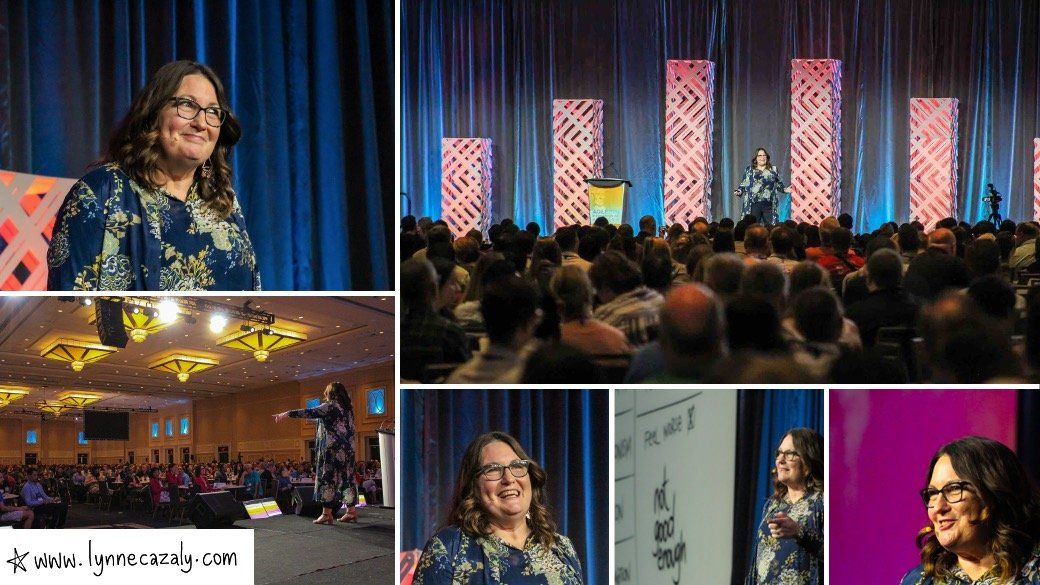6 Ways Great Bosses Thank Their Employees

Think about a great leader you genuinely respect, and chances are that one of the things that boss does particularly well is to thank their employees.
You can too, since recognising and praising hard work and achievement is one of the easiest – and most effective – rewards you can provide.
And if showing appreciation isn’t reason enough, it’s also good business. According to an American Psychological Association study: “Almost all employees (93 percent) who reported feeling valued say they are motivated to do their best at work.”
Fortunately, you don’t need a formal recognition programme. You don’t need to create an initiative and put a recognition process in place. You just need to say thanks – sometimes explicitly, but often implicitly.
Here are some simple – and free – ways to show your gratitude and thank your employees for their hard work.
1) Say “Thanks”
Obvious, right? Not necessarily. Many bosses assume that their employee’s praise and recognition comes in the form of a paycheck.
“Why should I thank you for doing your job?” they think. While technically that is correct, it’s also stupid.
When an employee drops off a report, say: “Thanks.” When an employee spots a problem, say, “Thanks.” Say “thank you” as often as you can.
Not only will your employees appreciate the gesture, they’ll start to follow your lead and thank the people around them. That’s the easiest way to build a culture of praise and recognition. You could even incorporate an employee recognition software into your workplace which can help build a better company culture and retain employees.
Start saying “thank you” as often as you can for all the little things your employees do. And don’t wait.
The more time that passes between great performance and praise, the lower the impact of that praise. “Immediately” is never too soon to say thanks.
Read: Saying ‘Thanks’ Is Not Enough
2) Provide greater freedom and autonomy
Granted, great organisations optimise processes and procedures. Yet at the same time, engagement and satisfaction are largely based on autonomy and independence.
I care when it’s “mine”. I care when I’m in charge and feel empowered to do what’s right. When an employee makes a great decision, say thanks by giving them the latitude to make more – and more important – decisions in the future.
Say: “Thanks for figuring out how to expedite shipping on that late order… feel free to do what you think is best whenever something like that happens again.”
Showing trust is a great way to say “thank you”. And you benefit too, because empowered employees almost always find ways to do their jobs better.
3) Say “thanks” by genuinely seeking input
Engaged employees have ideas; take away opportunities for them to make suggestions, or instantly disregard their ideas without consideration, and they immediately disengage.
When you say “thanks”, whenever possible follow that up by making it extremely easy for the employee to make a suggestion.
If the employee solves a problem, ask if they can think of ways to ensure the situation doesn’t occur again.
If an employee helps another employee deal with an interpersonal issue, ask what they think you should do to make the situation better.
In short, say “thanks” by also showing you respect and trust the employee’s input. That way I don’t just get to feel praised for what I did; I also feel recognised for who I am.
And speaking of asking…
4) Say “thanks” by asking for help
Asking for help implicitly shows respect – you know, or can do, something I don’t know or can’t do. And it shows you trust the other person, because you’re willing to be vulnerable and admit you need help.
The next time an employee does something for you, don’t just say: “Thanks”. Ask how they did it. Ask why. Ask what they did. Show that you want to learn from them.
In the process you’ll show vulnerability, respect, and a willingness to listen -– which are all qualities of a great boss. And you’ll prove that your “thank you” was far from lip service.
Check this out: Ways To Show Gratitude To Employers And Employees
5) Say “thanks” by lending a hand
When an employee puts in extra effort, saying “thank you” is a great way to recognise that effort. So is pitching in to help.
But don’t just say, “Is there anything I can help you with?” Most employees will give you a version of the reflexive “No, I’m just looking” reply to sales clerks and say: “That’s okay. I’m all right.”
Be specific.
Find something you can help with. Say, “I have a few minutes. Can I help you finish (that)?” Offer in a way that feels collaborative, not patronising or gratuitous.
Model the behaviour you want your employees to display.
Then actually roll up your sleeves and help. Helping is a great way to prove you know a task is difficult – and that you appreciate the hard work that goes into competing it.
6) Say “thanks” by saying “you’re welcome”
Think about a time you gave a gift and the recipient seemed uncomfortable or awkward. Their reaction took away a little of the fun for you, right?
The same thing can happen when you get thanked or complimented or praised.
The spotlight may make you feel uneasy or insecure, but all you have to do is make eye contact and say: “Thank you”. Or make eye contact and say: “You’re welcome. I was glad to do it”.
Whenever someone thanks you, make sure you respond that way.
Show you appreciate the praise. Show your employees that you want them to feel comfortable accepting, and appreciating, praise. Because they should.
This article was first published on Inc.com
Personal





